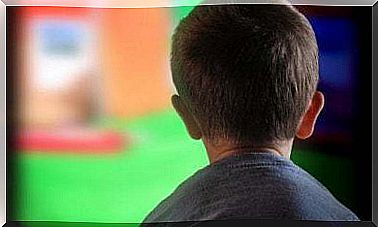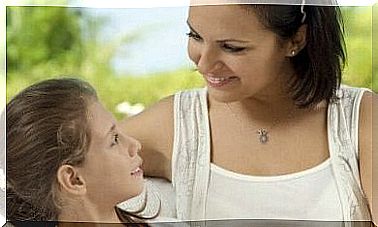How To Apply Positive Discipline
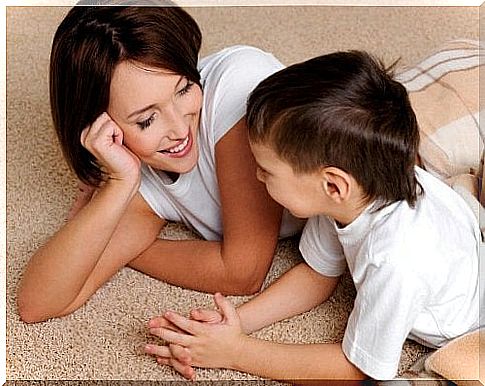
No one has ever said that educating is easy, and when children are small, this task seems even more complicated. Tantrums are hard to control, especially when we adults have ours too. When we adults turn into parents, we enter a disciplinary arms race in which there are no winners or losers, but from which feelings can instead be seriously hurt if things are not done well. For this reason, positive discipline is so important in the upbringing of our children.
There is no need to suffer from general malaise or sore throat or to have blood pressure that continues to rise relentlessly. Fatherhood doesn’t have to be a constant battle or struggle.
Advocates of positive discipline teach that children can behave appropriately and feel good without the need for threats or corruption, without shouting and without violence of any kind. Don’t miss the following tips on how to learn to apply positive discipline. We wish you to be able to establish a much deeper bond with your child.
Positive discipline begins with understanding
When children do not behave well, there is always an underlying reason that emotionally destabilizes them. There are adults who label children: maybe they call them “bad”, but the reality is that the little ones are doing their best.
Our job as parents is to find out what it is that makes a child behave this way. After we know the root of the behavior, we can find the cause and heal the emotions: in this way the child will not feel negatively influenced and pushed to adopt this negative attitude again.
So ask yourself this question: Is your child beating his brother in a desperate attempt to get your attention? Perhaps you have been talking on the phone for too long and ignored him as you hurriedly set the table for lunch. In the case proposed in this example, correcting the parent’s behavior could satisfy the child’s emotional needs.
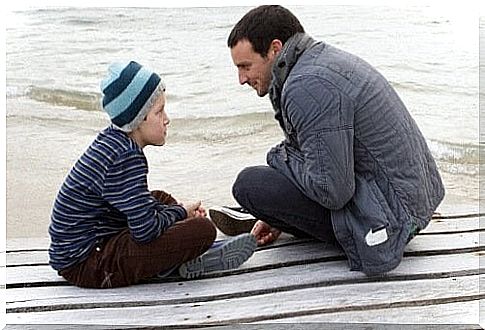
Focus on your self-control, not controlling your child
Maintaining control when we are angry is difficult, but with positive discipline, it is possible. Parents need to model their own behavior and think about what they want their children to imitate from them. Remember that if you shout, your children will cry too … If you hit, your children will too.
In front of your children, you don’t have to do anything you don’t want them to repeat. If you find that you are about to lose control of your nerves, it is recommended that you start counting to ten, take a deep breath and, if necessary, move away from the area until you are able to regain your composure. .
Check your tone of voice
Anger and frustration will only increase bad behavior. For this reason, you can use a technique that helps you control your tone of voice and always speak in the appropriate tone. Instead of yelling at your child that he is doing something bad, try singing it.
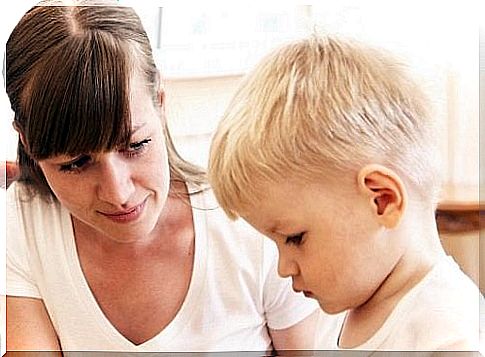
If the child throws a toy after you ask him to leave it in its place, sing a song that says something like, “It’s sad you threw the truck – it’s time to pick it up and put it in its place.” You may be able to control your tone of voice and not feel the anger within you. Although this may seem ridiculous to you, when you realize the results you will resort to this strategy whenever you need it.
In addition to these three useful tricks for applying positive discipline at home, you need to remember that educating through love, habits, affection and mutual respect will always be the best ingredients for creating happy children. A happy child will not need to behave negatively to channel the disturbing emotions inside.

